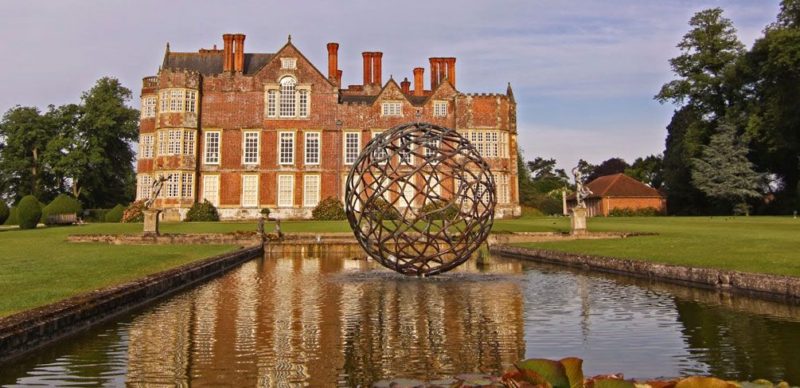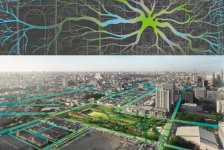We take a look at the water sculptures of artist Giles Rayner. For Giles Rayner, it all started at the age of 16 when he fell in love with the sculpting of ceramics. Years later, he felt an attraction for metalwork. Since then, he has built up an incredibly varied portfolio of water sculptures. He has the ability to create sculptures that not only work in terms of scale and design, but are also timeless. Because of this, his work can be placed almost anywhere, from a country yard to a modern garden to a public space. His works intrigue; they have a simple aesthetic beauty but radiate energy in combination with the water. As Rayner puts it, the water not only has an aesthetic purpose, it is “the element that embodies designs with real life, binding order and chaos and achieving — sometimes the dramatic, sometimes the peaceful”.
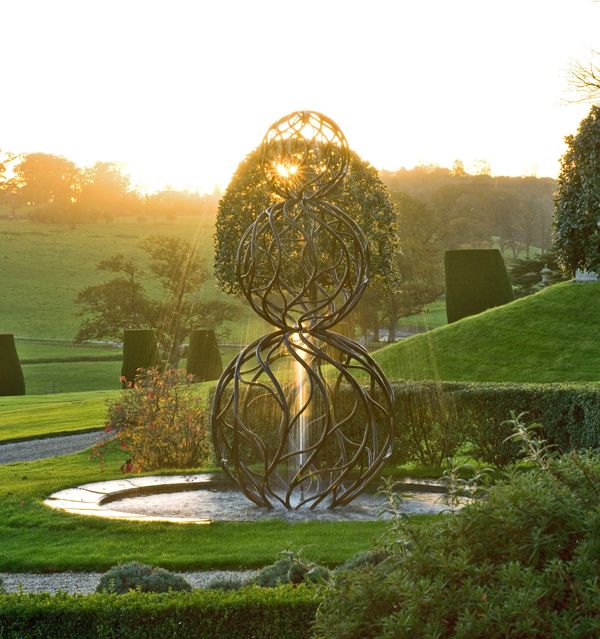
Castle hill water sculpture topiary. Photo credit: Clive Nichols
Giles Rayner
If we take a closer look at his creations, we have the feeling that he sometimes defeats the impossible, putting real energy into each design. Take his Falling Leaves water sculpture, for example. The 12-foot-tall sculpture contains five triangular “leaves” of reinforced copper. The water runs from the upper leaf, joining each torrent as it tumbles through the other leaves into the water basin. To correspond to the size of each leaf, more water is introduced at each intersection. All this without ever seeing one tube.
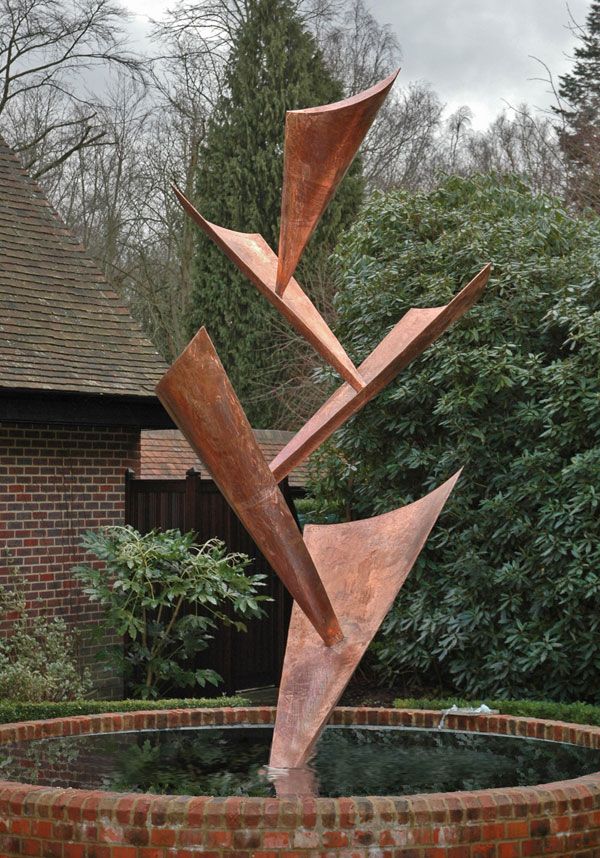
Falling Leaves water sculpture. Photo credit: Gile Rayner
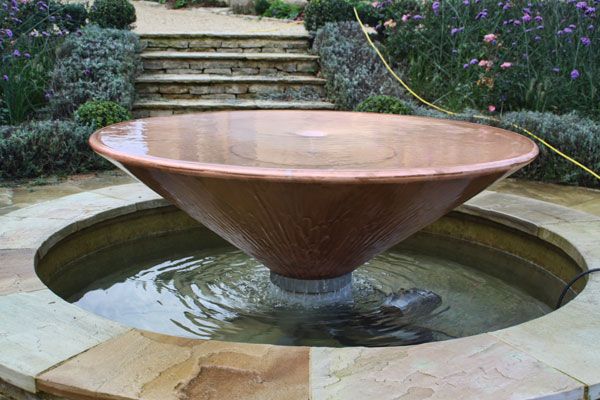
Whirlpool copper bowl sculpture Photo credit: Giles Rayner
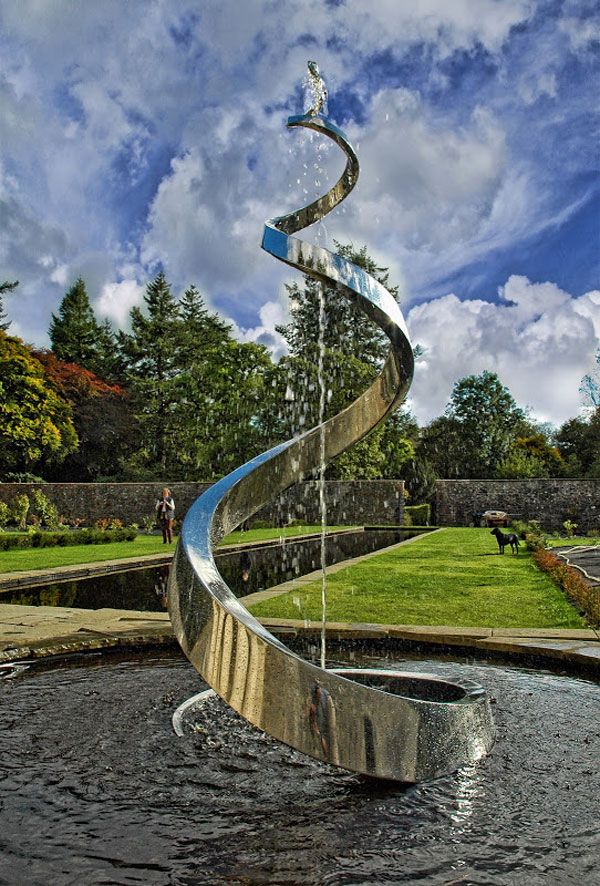
Serpent (West) One of a pair of 9ft water sculptures installed at Corsock House. Marine grade stainless steel. Photo credit: Giles Rayner
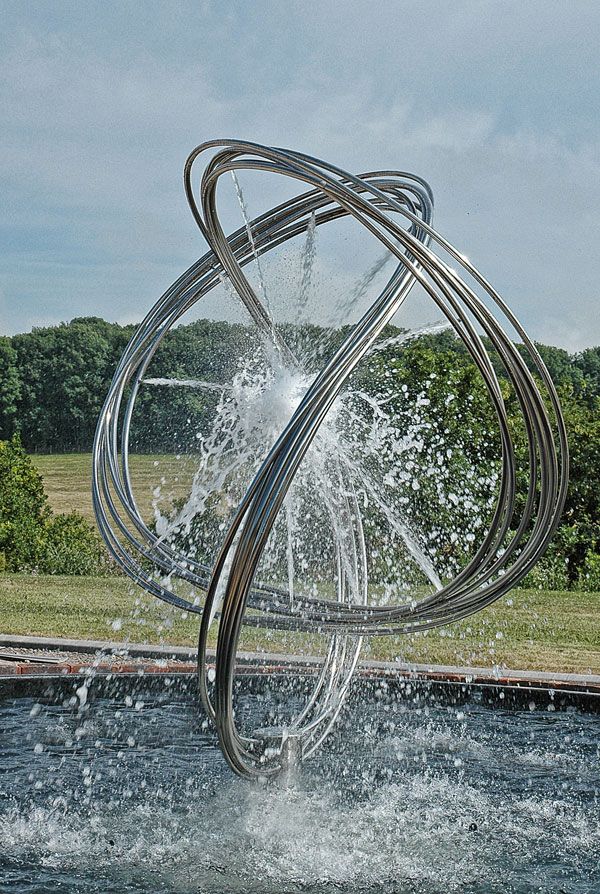
Lasso water feature stainles steel. Photo credit: Giles Rayner
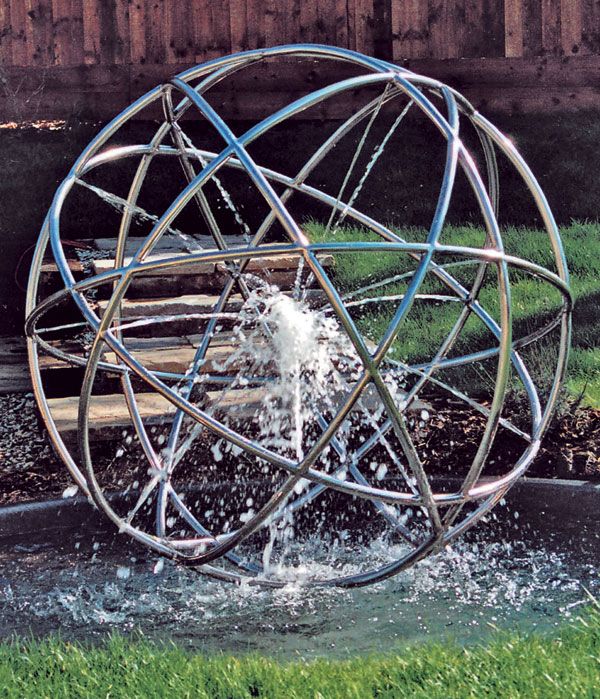
Implosion stainless steel water feature. Photo credit: GilesRayner
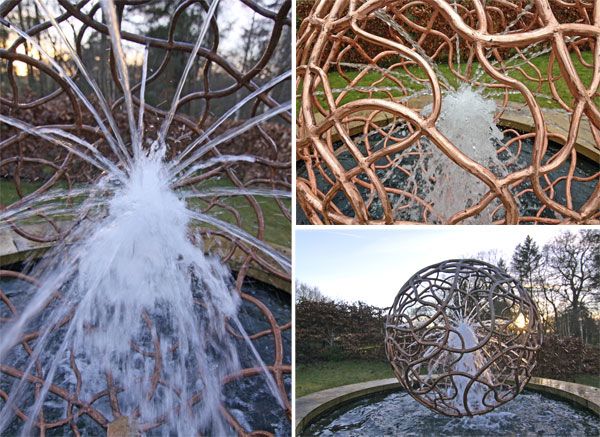
Fusion water feature jets. Photo credit: Giles Rayner
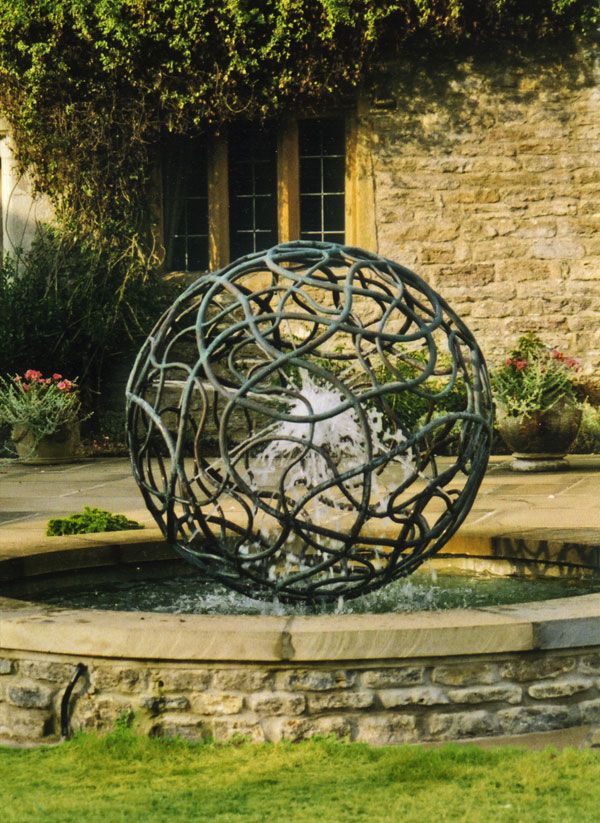
Coral water sculpture 2002 original. Photo credit: Giles Rayner
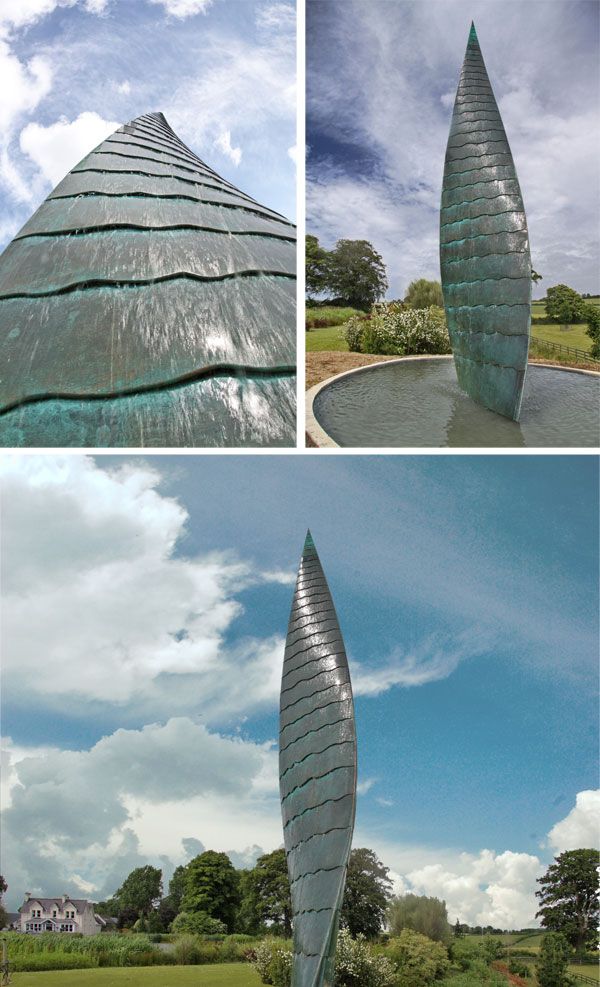
Blade 30ft Water sculpture. Photo credits: Giles Rayner
- Amazing Kinetic Sculptures That Could Hypnotize You
- The Pine Cones of Floyd Elzinga That Challenges your Perceptions
- Mark Nixon’s Chimecco Chime Bridge

Fountain Twiggy Water sculpture night. Photo credit: Giles Rayner

Coriolis water sculpture sunset. Photo credit: Giles Rayner
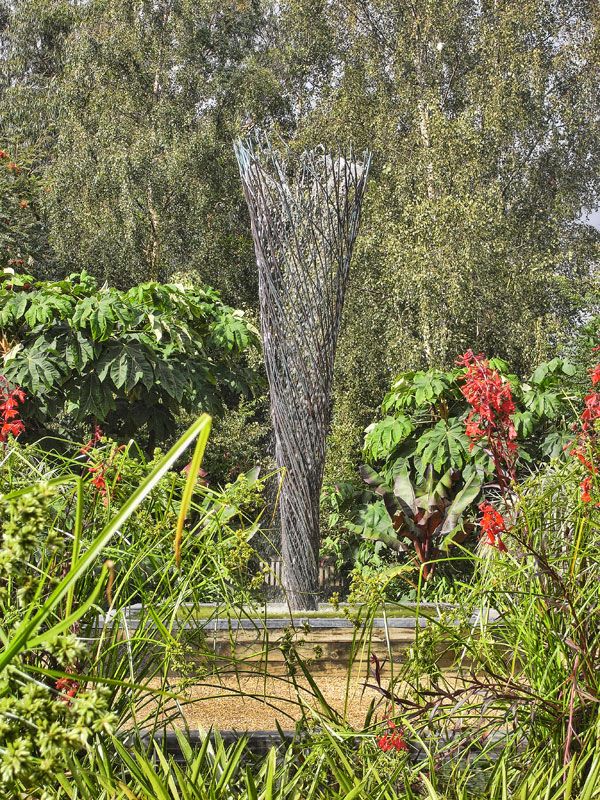
Twister water sculpture Norfolk. Photo credit: Giles Rayner

Globe water sculpture tectonic Chelsea Flower show. Photo credit: Giles Rayner
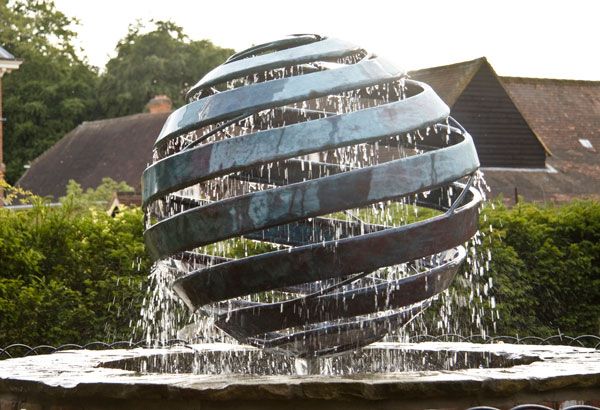
Copper Nebula IV rotating water sculpture. Photo credit: Giles Rayner
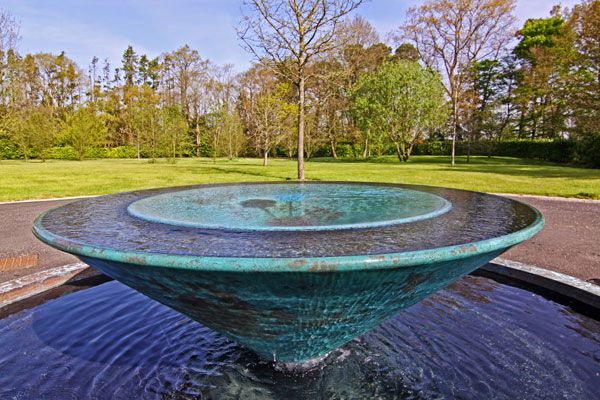
Charybdis water sculpture large whirlpool vortex. Photo credit: Giles Rayner
Recommended Reading:
- Flume & Vortex: The Art of Two Fountaineers: The Extraordinary Lives and Works of Giles & Ranulf Rayner by Jenny Pery
- Land and Environmental Art by Jeffrey Kastner
Article by Sander Van de Putte Return to Homepage
Published in Blog


